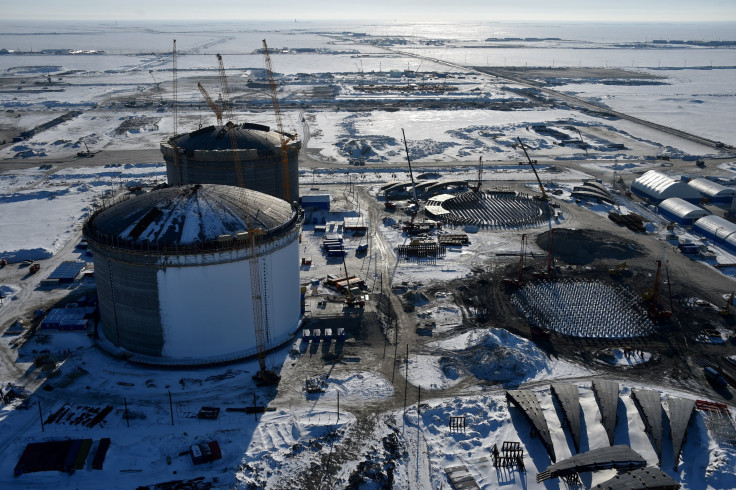Climate Change: Global LNG Projects Worth Over $280B 'Uneconomic,' Says Think Tank

Liquefied natural gas (LNG) projects worth over $280 billion may be completely unnecessary if the world acts to limit temperature rise to 3.6 degrees Fahrenheit above pre-industrial levels, according to a new report published Tuesday by London-based Carbon Tracker Initiative. The plants are being planned for development over the next decade by oil and gas companies.
“A transition to a low carbon economy indicates there is some room for gas demand growth to 2040, unlike coal and oil use that must peak and decline,” the think tank said, in a statement accompanying the report. “But if the world is to stay within a carbon budget that limits global warming to the 2 degrees Celsius U.N. target, energy companies will need to be selective over which gas projects they develop.”
Although LNG projects would continue to grow over the next 30 years, by 2025, $82 billion of potential LNG capital spending in Canada, $71 billion in the United States and $68 billion in Australia would be “unneeded” if climate change is tackled, according to the report, which added that the value of these unneeded projects would rise to a total of $379 billion by 2035.
The report, which aims to identify high-carbon, high-cost projects for investors, concluded that over the next decade, major projects currently being studied by 16 of the world’s 20 biggest LNG companies would probably not be needed. So, for instance, $85 billion of Shell’s and BG Group’s potential future LNG project options may not be needed under a low-demand scenario by 2035.
“Natural gas is complex when seen in the context of a climate-constrained world,” Mark Fulton, an adviser to Carbon Tracker and a co-author of the report, said, in the statement. “It can deliver better outcomes than coal, but gas must continue to work on reducing its fugitive emissions and there is a possibility that if it reaches too large a share of the energy mix then in the longer run this could still be incompatible with a 2 degrees Celsius outcome.”
Natural gas production also results in the leak of methane, a highly potent greenhouse gas, and these “fugitive emissions” must be kept below a certain level to maintain LNG’s climate benefit over coal.
The analysis also found that the highest greenhouse gas emissions are caused by unconventional gas -- shale, tight gas and coal bed methane -- supplied through the LNG infrastructure. However, under the low-demand scenario, only 17 percent of LNG fed by North American Shale gas or Australian coal-bed methane would be needed.
“The shorter term, less capital intensive, nature of shale gas in the United States means it is easier to adjust supply compared to an LNG plant,” the report's authors said. “[However] projects to convert US shale into LNG for export are the most GHG intensive option and don’t fit in a low carbon future.”
© Copyright IBTimes 2024. All rights reserved.












